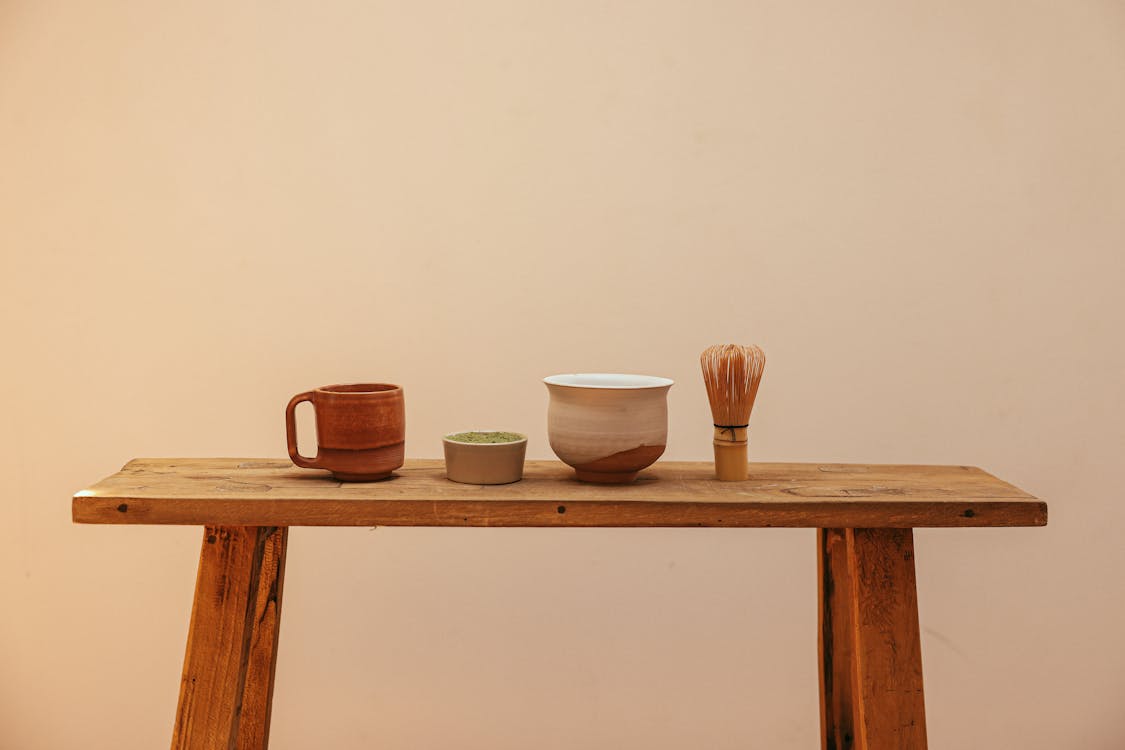The Role of Cultural Heritage in Contemporary Design
Introduction: Bridging Past and Present
In the ever-evolving landscape of design, cultural heritage serves as a vital link between the past and present. It informs contemporary aesthetics, materials, and narratives, ensuring that traditional values and histories are not lost amid modern innovation. Designers across disciplines—architecture, fashion, product design—are increasingly drawing upon their cultural roots to create works that resonate on a deeper level. This integration not only preserves cultural identity but also enriches the design process, offering unique perspectives and solutions.
Architecture: Embedding Heritage in Modern Structures
Contemporary architecture often reflects a synthesis of modern functionality and traditional aesthetics. Architects are incorporating indigenous materials, cultural symbols, and historical references into their designs to create structures that honor their heritage while meeting present-day needs. For instance, the use of traditional motifs and construction techniques can be seen in various modern buildings, providing a sense of continuity and belonging.
This approach not only preserves cultural narratives but also promotes sustainability by utilizing local resources and time-tested methods. By embedding cultural heritage into the built environment, architects contribute to a collective memory and identity, fostering a deeper connection between people and place.
Fashion: Weaving Tradition into Contemporary Wear
In the realm of fashion, designers are reinterpreting traditional textiles, patterns, and techniques to create contemporary garments that celebrate cultural heritage. This fusion of old and new allows for the preservation of artisanal skills and the storytelling inherent in traditional dress. For example, the resurgence of traditional textiles like Nigeria’s adire in modern fashion highlights a commitment to cultural preservation and innovation.
By integrating cultural elements into their designs, fashion creators not only pay homage to their roots but also educate and inspire broader audiences. This practice fosters a sense of pride and continuity, ensuring that cultural identities remain vibrant and relevant in today’s globalized world.
Product Design: Crafting with Cultural Consciousness
Product designers are increasingly acknowledging the importance of cultural heritage in their creations. By incorporating traditional craftsmanship and culturally significant motifs, they produce items that resonate with authenticity and meaning. This approach not only differentiates products in a crowded market but also supports the preservation of cultural practices and knowledge.
Designers who engage with cultural heritage often collaborate with local artisans, ensuring that traditional skills are passed down and adapted for contemporary use. This synergy between old and new fosters innovation while maintaining a respect for cultural origins, resulting in products that are both functional and rich in heritage.
Interior Design: Creating Spaces with Cultural Depth
Interior design offers a unique opportunity to infuse spaces with cultural significance. Designers are incorporating elements such as traditional patterns, materials, and spatial arrangements to create environments that reflect cultural identities. This practice not only enhances aesthetic appeal but also provides occupants with a sense of connection and belonging.
By thoughtfully integrating cultural heritage into interior spaces, designers contribute to the preservation and celebration of diverse traditions. These culturally enriched environments serve as daily reminders of one’s roots and values, fostering a deeper appreciation for heritage in everyday life.
Conclusion: Designing with Heritage in Mind
The integration of cultural heritage into contemporary design is more than a trend; it’s a meaningful practice that bridges generations and fosters a deeper understanding of identity. By honoring traditional elements while embracing modern innovation, designers create works that are both timeless and relevant. This harmonious blend ensures that cultural narratives continue to thrive, enriching the design landscape and the human experience.
